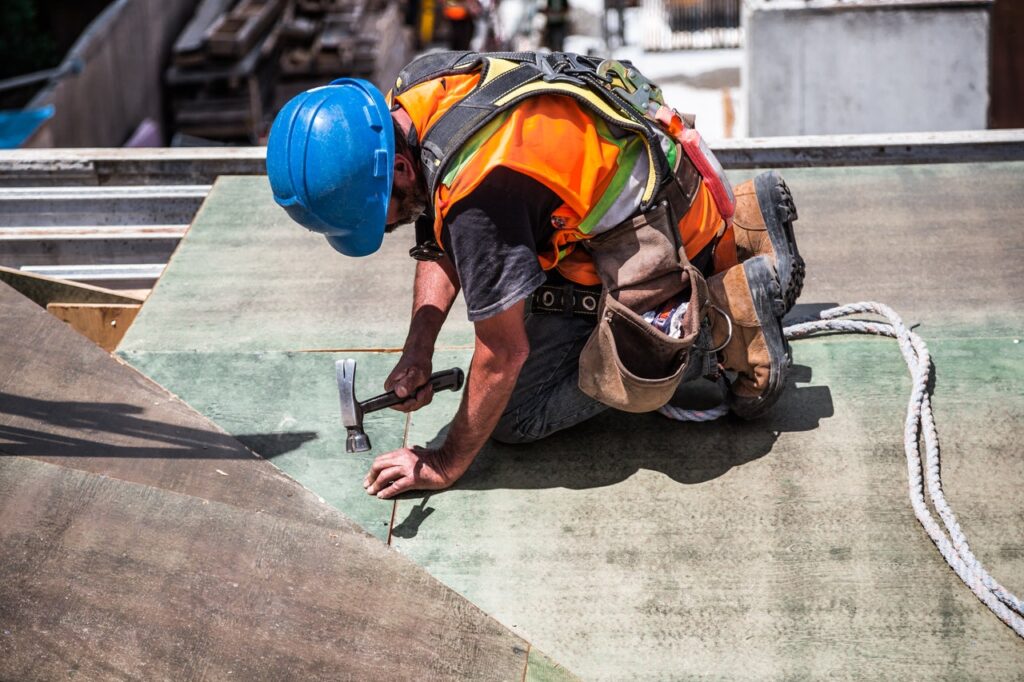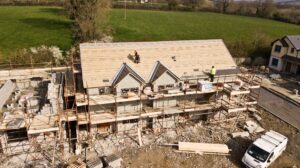
Light Agricultural (A-1) Zoning in California: Everything You Need to Know
Before you can develop any type of building in California, you should brush up on local zoning laws and guidelines in the city or county you own a property in. The zoning code in Los Angeles and California as a whole places substantial restrictions on the types of properties that can be built.
For instance, most businesses are unable to develop buildings in residential zones. On the other hand, a small selection of business may be able to qualify for a zoning variance that allows them to construct a building on land that isn’t zoned for it. One type of zone that you may be able to construct on is an A-1 zone, which is a light agriculture zone that’s meant to make sure the rural aspects of the area are properly maintained.
The many land uses in a light agricultural zone include everything from low-density residential uses to truck farming. While the guidelines for how land can be used in a light agricultural zone are relatively straightforward, they can also be somewhat restrictive, which is why it’s highly recommended that you take some time to study what these guidelines are and what they mean for your project.
Keep in mind that failing to adhere to zoning code requirements can lead to fines being levied and any work that you’ve done to this point being destroyed. With the right approach, you can be confident that your project and building plans meet zoning code guidelines before you begin development. This guide provides you with everything you should know about A-1 zoning in California.

The Purpose of A-1 Zoning in California
As mentioned previously, an A-1 zone is meant to make sure that the rural aspects and character of the area are maintained. The standard uses for this zone include low-density residential uses, truck farming, and field/tree crops. All residential development in this type of zone is comprised of single-family homes with large lots. It’s possible for these homes to include a limited amount of agriculture, which extends to equestrian and animal-related uses.
This specific designation is necessary for pieces of land that have lots of one or more acres. If only a limited amount of agricultural or rural uses exist in these areas, it’s possible for the A-1 designation to be applied. The Low-density and equestrian residential land use designations are the primary ones that fall under A-1 zoning.
A-1 Uses and Structures Permitted
The types of uses that are permitted within A-1 zones include:
- Animal keeping
- Agricultural projects that are deemed to be educational
- Accessory dwelling units
- A guest house
- Caretaker residence where the property must be continuously supervised by a caretaker
- Daycare facility
- Residential care facility
- Garage sales
- Private carports or garages
- Uncovered or covered patios and decks
- Gazebos
- Separate building for office space or children’s play space as long as there isn’t a kitchen
- Greenhouses, feed storage facilities, or tool houses
- Water reservoirs, storage tanks, and water wells
- Structures needed for the storage, housing, or nurturing of animals
- Accessory signs
- Satellite dishes
- Residential wind generator systems, which can include windmills, conventional blade generators, and wind turbine system windmills
- Recreational amenities like spas and pools
A-1 Restrictions
Any specific use that disrupts or doesn’t adhere to the residential care that the neighborhood displays is not allowed. The types of home occupations and structures that aren’t allowed in an A-1 zone include:
- Adult entertainment
- Ambulance services
- Animal training
- Automotive repair, which can include all painting, detailing, washing, and upholstering work
- Barber or beautician
- Body piercing services
- Funeral home or chapel
- Dentist unless the area is used as a secondary office
- Garment manufacturing
- Firearms sales or manufacturing
- Gunsmith
- Massage therapist unless a massage technician’s license and massage business license are carried by the therapist
- Medical physician
- Photography lab
- Recording, video production, or motion picture studio
- Restaurant
- Retail sales
- Tattoo studio
- Tow truck services
- Upholstery services
- Any veterinary service that isn’t directly permitted
- Machine or welding shop
- Yoga retreat center
If any of these conditions are violated and the home is used for a non-permitted purpose, fines could be levied. In this situation, the administrative fine could amount to $250 for the initial violation and $500 for any additional violations. Keep in mind that the administrative fines don’t cover any other penalties or fines that are authorized by the law.
If your home doesn’t comply with these restrictions, an Order to Comply will be sent to you. The violation must then be corrected within 15 days following receipt of the letter. Only after this 15-day period will fines be levied. If the necessary fines aren’t paid within 30 days after they have been levied, the city may decide to prohibit any issuance of a building license or permit.
Keep in mind that you can disagree with the order and may submit information to show why you should be able to use the building in a non-permitted manner. No structure or building in the area can be constructed or maintained unless certain lot areas and yards are built alongside the main structure. The guidelines for the lots and yards that must be maintained in a light agricultural zone include:
- The front yard must be more than 20% of the lot depth but doesn’t need to go higher than 25 feet.
- A side yard must exist on all sides of primary building. These yards can’t be less than 10% of the lot width. The side yard doesn’t need to exceed 25 feet and must not be lower than three feet in width.
- The rear yard must not be less than 25% of the lot depth.
- Every parcel or land or lot must have a width of at least 300 feet as well as a minimum area of five acres.

A-1 Standards of Development
When you want to develop a building or piece of land in an A-1 zone, there are some basic standards of development that you must adhere to. If you don’t follow these standards, you could face stiff penalties. When taking the lot area into account, every parcel of land or lot that’s developed in this zone needs to have a lot area that’s at least one acre in size. As for the lot width, every lot needs to have a width of at least 150 feet. Make sure that the lot depth doesn’t exceed a ratio of 4:1 with the width.
When you’re designing the property’s front yard, make sure that your parcel of land or lot has a front yard with a depth that measures at 35 feet or more. Your side yard should have a width of at least 10 feet unless the yard exists on the street side of a reversed corner or corner lot. In these situations, the width of your side yard should be 20 feet or more.
If you’re developing the property’s rear yard, it’s important that the yard isn’t less than 35 feet or 30% of the total lot depth. The higher number is the one you should adhere to when designing the rear yard. Any decks or patio covers can encroach into the yard at a maximum of 10 feet.
The next area of focus involves building height and any necessary setbacks. When looking at the building height in an A-1 zone, make sure that the building you construct isn’t more than 35 feet or two stories high. Accessory structures can’t be more than 50 feet or two stories high.
It’s possible for setbacks to be provided for certain accessory structures, which include greenhouses and tool houses. Any accessory structure that’s permitted in an A-1 zone can’t be placed in the front yard. It’s also important that you don’t position the accessory structure within five feet from any rear or side property line.
Every parcel of land or lot in an A-1 zone must have off-street parking facilities. If you’re constructing a single-family home, make sure that the property adheres to the minimum construction standards that are found in PMC 17.41.090.
There are also some rural development standards that you will be expected to abide by to make sure that the area maintains a rural character. First, it’s important that any local streets in this zone use California rural street standards unless the city engineer has approved different standards. These street sections can include:
- Rolled curbs
- Graded shoulders
- Reduced pavement width
- Sidewalks on just one side of the street
- Multi-use recreational trails
Any additional uses must be approved by the Los Angeles County Fire Department as well as the city itself. Some modified street lighting standards will also be required to make sure that the levels of ambient night light are kept relatively low. However, adequate lighting must still be provided to ensure the safety of crosswalks and intersections at night.
Los Angeles County and California maintain many different types of zones, each of which comes with its own set of regulations. Because the A-1 zone allows for light agricultural structures and facilities, it’s also possible to build certain residential structures in this zone. Even though it can be difficult to parse all of the permitted and non-permitted uses that occur in an A-1 zone, knowing the details to this type of zone should give you the information you need to avoid violating the local zoning code.

Jason Somers, President & Founder of Crest Real Estate
With over 15 years of professional experience in the Los Angeles luxury real estate market, Jason Somers has the background, judgement and track record to provide an unparalleled level of real estate services. His widespread knowledge helps clients identify and acquire income producing properties and value-ad development opportunities.
Learn more about Jason Somers or contact us.



